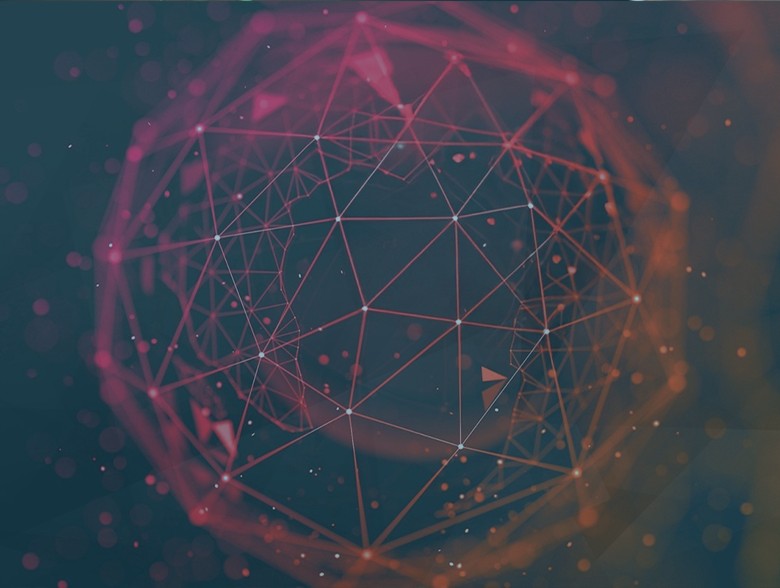The rise in the age of digitalization has provided numerous benefits for modern society, from the ability to conduct a telehealth doctor’s meeting from the comfort of home to greater access to education for rural, isolated communities. Those who work in the critical infrastructure industry aren’t strangers to the benefits — but also the downsides — of a more digitally connected world.
With an increase in streamlined, automated controls and the capability to work from remote locations, critical infrastructure decision-makers now have a greater ability to provide reliable services for the communities they serve. However, expanded access to critical infrastructure systems has led to information technology (IT) and operational technology (OT) systems becoming more vulnerable and susceptible to cybersecurity threats through a variety of attack vectors.
These attack vectors can include any data communication pathways that hackers can exploit to illegally enter a network or system. With critical infrastructure operations continuing to push toward more digitized solutions, IT and OT systems have become more integrated and dependent on each other, providing the opportunity for adversaries to gain access to either the IT or OT system, leading to a major impact to the integrated environment if left unchecked by cybersecurity measures.
As a result, not only critical infrastructure but also the communities that rely on these essential services could see their quality of life and stability threatened without safeguarding attack vectors to prevent successful cyberattacks.
Beyond the initial target of a cyberattack, the ripple effect can be widely felt, with the recent conflict in Ukraine as a case study example. In rendering ViaSat’s commercial satellite KA-SAT network inoperable, there was a ripple effect that spread into adjacent critical infrastructure domains, causing a loss of critical public services.
Similarly, the ransomware attack on Colonial Pipeline in 2021 resulted in a significant disruption to critical services that affected a large portion of the U.S. population and led to President Joe Biden declaring a state of emergency. These incidents demonstrate the far-reaching impact of cyberattacks and the need for heightened cybersecurity measures.
To protect critical infrastructure from cyber incidents, organizations should prioritize the most critical operational functions and implement security or engineering controls to reduce risks. Identifying and mitigating known vulnerabilities, installing cybersecurity sensors for 24/7 monitoring, and addressing cybersecurity at the earliest design and planning phases of new projects are all crucial steps in reducing cyber risks in critical infrastructure.
By implementing these measures, it is possible to maintain the reliability and resiliency of critical infrastructure and safeguard communities from the potential impact of successful cyberattacks. As the digital landscape continues to evolve, developing and delivering industrial cybersecurity solutions and services to the critical infrastructure industry becomes increasingly paramount, ultimately benefiting the communities that rely on these essential services.


